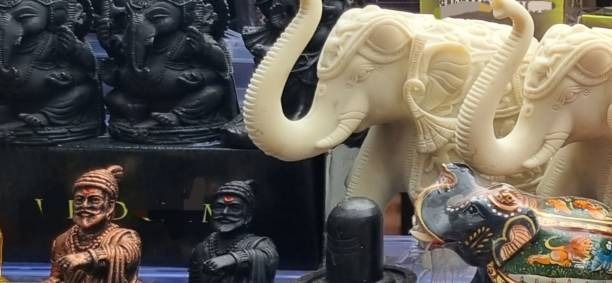The Origins of Scandinavian Carpets
Scandinavian carpets have a long history that begins in the late medieval period. They were first created in Sweden, Norway, Denmark, and Finland as practical textiles that provided warmth during harsh winters. Wool was the most common material since sheep farming was central to the rural economy of these regions.
The earliest examples of these carpets were not designed for trade but for household use. Families used them as blankets, wall hangings, and decorative pieces in homes. Over time, the designs became more elaborate, and they started to reflect local traditions and regional styles. Museums in Stockholm and Copenhagen hold preserved examples that show how these pieces evolved from simple covers into cultural artifacts.
Trade also influenced the growth of this craft. Imported Anatolian and Persian rugs introduced new motifs that local weavers adapted into simpler, geometric versions. This exchange shaped the visual identity of Scandinavian textiles without erasing their local character.
Halı modelleri | Several weaving techniques define the identity of Scandinavian carpets. The most well-known are rya, rollakan, and tapestry weaving. Each method created a different texture and purpose for the finished piece.
Rya rugs were developed as thick, woolen textiles with a long pile. Their structure made them warm and soft, which explains their use as bedding before they became decorative floor rugs. The knotting technique in rya weaving creates a strong and durable fabric that still carries symbolic value in Finland and Norway.
Rollakan carpets are flatwoven textiles that stand out for their strong geometric designs. Their construction makes them reversible, which increased their practicality in rural homes. Tapestry weaving also existed in Sweden and Denmark, often used for more decorative purposes, with imagery inspired by religion and folklore.
The base material of almost every Scandinavian carpet was wool. Wool provided warmth, durability, and flexibility, which suited both pile and flatwoven techniques. Linen and hemp appeared in warp threads, but wool remained the dominant fiber because of its availability.
Coloring the carpets depended on natural dyeing practices. Weavers used plant-based dyes such as madder for red, woad for blue, and weld for yellow. Local plants like birch leaves, alder bark, and lichen expanded the color range into greens and browns. These methods produced earthy shades that became a visual marker of Scandinavian textiles.
Imported dyes like cochineal and indigo arrived through trade in the 17th century, which allowed brighter tones and more varied patterns. Despite this, many rural weavers continued using local dye sources, which explains the muted yet vivid harmony found in traditional Scandinavian carpets.
Different parts of Scandinavia developed their own carpet traditions. In Sweden, rollakan and rya weaving were especially strong, with regions like Skåne and Dalarna producing geometric patterns in bold colors. These textiles were not only decorative but also carried regional identity.
In Norway, rya carpets often had symbolic designs like stars, crosses, and floral motifs. They were frequently used as bedcovers, which set them apart from Swedish ryas that transitioned more into decorative roles. Examples preserved in the Norsk Folkemuseum highlight their cultural importance.
Danish carpets leaned toward tapestry weaving and designs inspired by imported rugs. They often featured floral and symmetrical borders, connecting them to European tastes of the 18th century. Finnish ryijy carpets held strong cultural meaning in weddings and dowries. Their designs often included animals, plants, and bold colors, reflecting both folklore and family tradition.
Patterns in Scandinavian carpets combine practicality and symbolism. Geometric motifs such as diamonds, zigzags, and eight-pointed stars dominate many designs. These shapes reflected both technical weaving choices and cultural meaning.
Floral elements like tulips and carnations appear frequently, especially in Sweden and Denmark. They symbolized fertility, growth, and continuity. Norwegian ryas often incorporated stars and crosses, connecting the textiles with Christian symbolism and protective ideas.
Finnish ryijy carpets often included animal figures such as horses and birds. These elements linked the textiles to local mythology and rural traditions. The balance between bright primary colors and the natural tones of undyed wool gave each carpet a unique identity.
The role of Scandinavian carpets changed significantly in the 20th century. With the rise of modern design movements, traditional weaving methods were adapted for contemporary interiors. Swedish designer Märta Måås-Fjetterström created carpets that combined folk patterns with modern aesthetics, and her workshop continues to produce highly valued pieces today.
Flatwoven rollakan carpets matched the minimalism of modern Scandinavian architecture. Their structured patterns and muted tones fit into international design exhibitions and made them popular worldwide. Museums like the Victoria and Albert Museum in London display examples that highlight their influence on global design.
In Finland, the ryijy tradition still continues, but with abstract patterns that reflect modern artistic expression. Carpet weaving is now both a craft and a cultural heritage practice, supported by workshops, museums, and private collections. The survival of these traditions shows the balance between functional design and cultural preservation.




Want to add a comment?